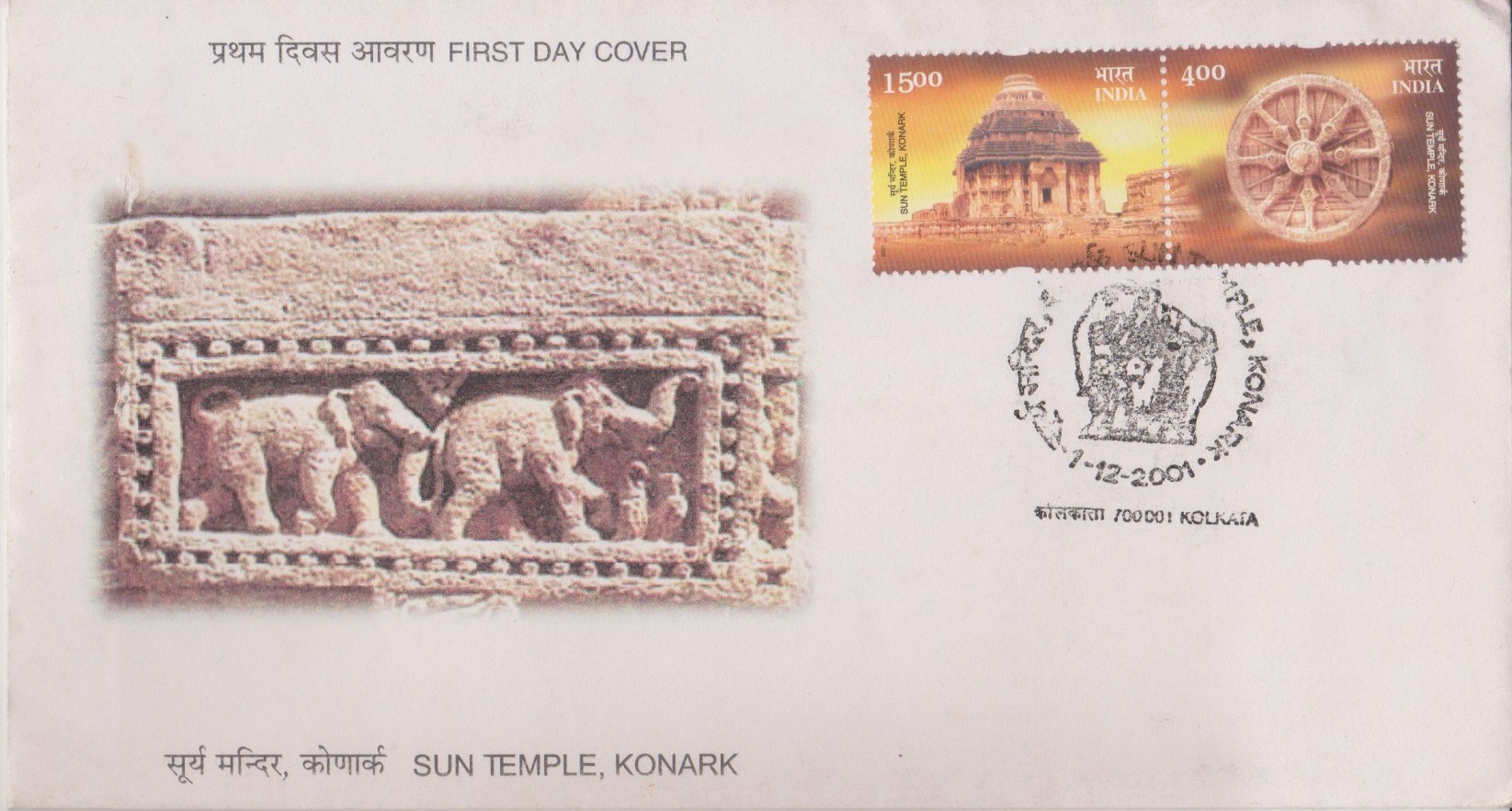
Sun Temple, Konark
Complete Set of 2 nos of postage stamps on the Centenary of the Conservation at Konark Sun Temple, UNESCO World Heritage Site :
Issued on Dec 1, 2001
Issued for : The architectural magnificence of Konark has drawn the attention of art lovers all over the world and found it a place in the World Heritage List. For years, this magnificent poetry in stone was in a state of utter negligence and near ruin. Steps for the scientific conservation of the temple were started in 1901. This year, the temple completes a century of its conservation. Department of Posts is happy to release these postage stamps to commemorate hundred years of conservation efforts of the Sun Temple, Konark.
Credits :
Stamp & FDC : Sankha Samanta
Cancellation : Alka Sharma
Type : Se–tenant pair of 2 Stamps, Mint Condition
Colour : Four Colour
Denomination : 400 & 1500 Paise
Overall size : 2.90 x 7.82 cms.
Printing Size : 2.90 x 7.82 cms.
Perforation : 13.5 x 13.5 mm
Paper : Matt Chromo
Stamps Printed : 3 million
Number per issue sheet : 18
Printing Process : Photo Offset
Printer : Calcutta Security Printers Ltd.
About :
- One of the most stunning symbols of ancient Indian architecture, the Sun Temple of Konark represents the quintessence of temple architecture and art of Orissa. This temple, once widely known as the Black Pagoda, was built by the King Narasimhadeva–I of the Ganga dynasty in the thirteenth century, perhaps as a royal proclamation of the political supremacy of his dynasty. It is said that a workforce of twelve hundred artisans and architects invested their creative talent, energy and artistic commitment for a period of twelve years to create this colossal monument. The temple was constructed as a monumental representation of a massive chariot drawn by seven spirited horses on twelve pairs of exquisitely carved wheels, lying on an east-west axis in which the Sun God Surya was pulled across the sky.
- The grand temple complex consists of Deula (Sanctum), Jagamohana (Audience hall) and the Nata Mandir (Dancing hall). The temples faces the east to greet the first rays of the rising sun. The Deula and Jagamohana, forming component parts of one architectural scheme, stand on a magnificent platform. The temple abounds in sculptural work. The walls of the temple are richly carved and contain superb carvings of divine, semi-divine, human and animal figures amidst floral and geometric ornamentations. The vivacious ‘kanyas’ and danseuse are remarkable for their sensuous modelling, pulsating with human emotions in a variety of gestures and rhythmic actions. Each wheel of the chariot is a masterpiece of Indian art. The seven splendid stone horses near the eastern flight of steps to drag the chariot, the ornamental platform and the wheels impart a feeling of movement to the monument as a whole. The contemporary life and culture as well as the character of an entire classical dance style can also be traced out from the surface of the temple.


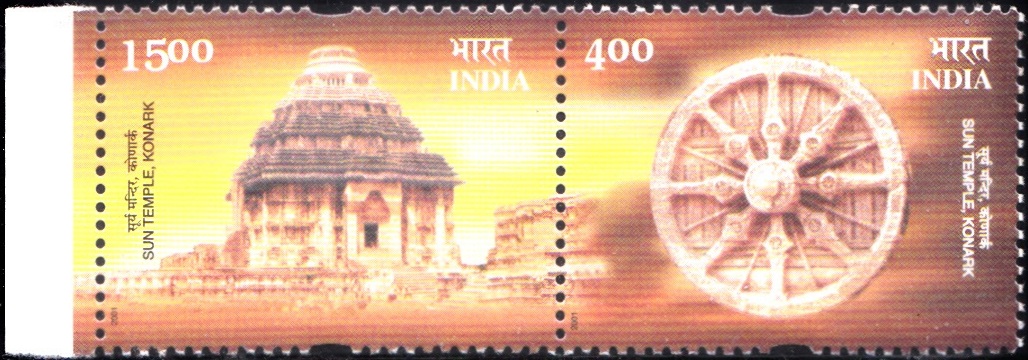

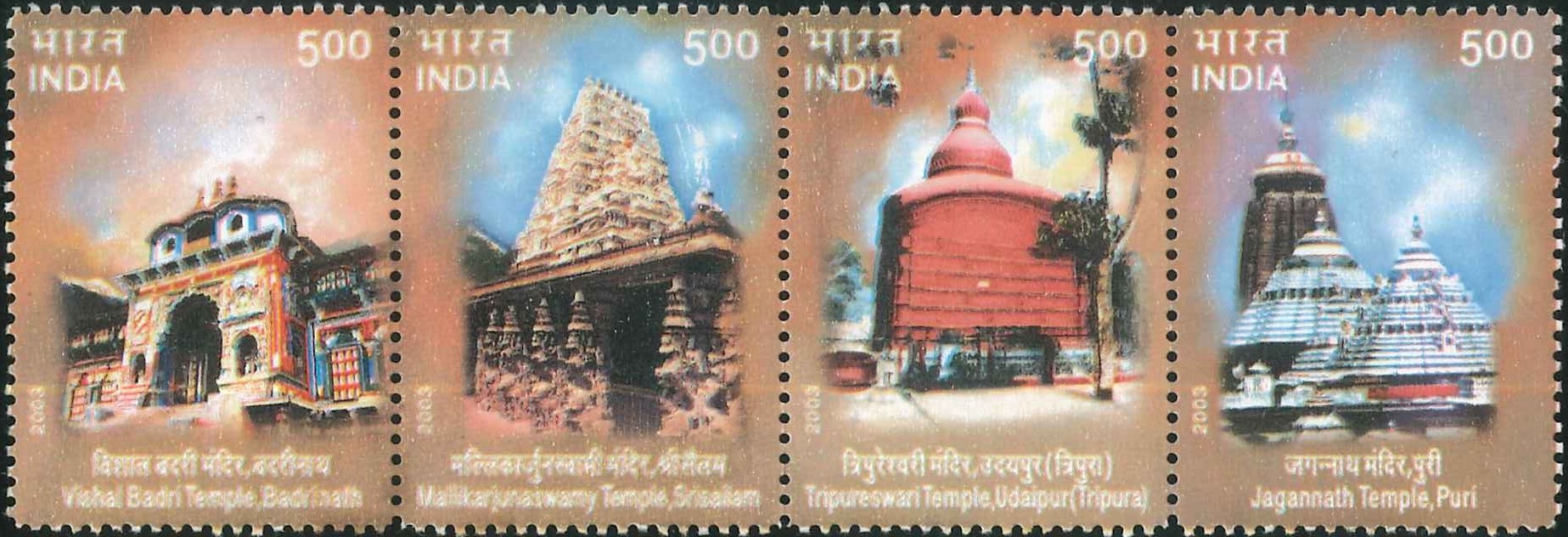

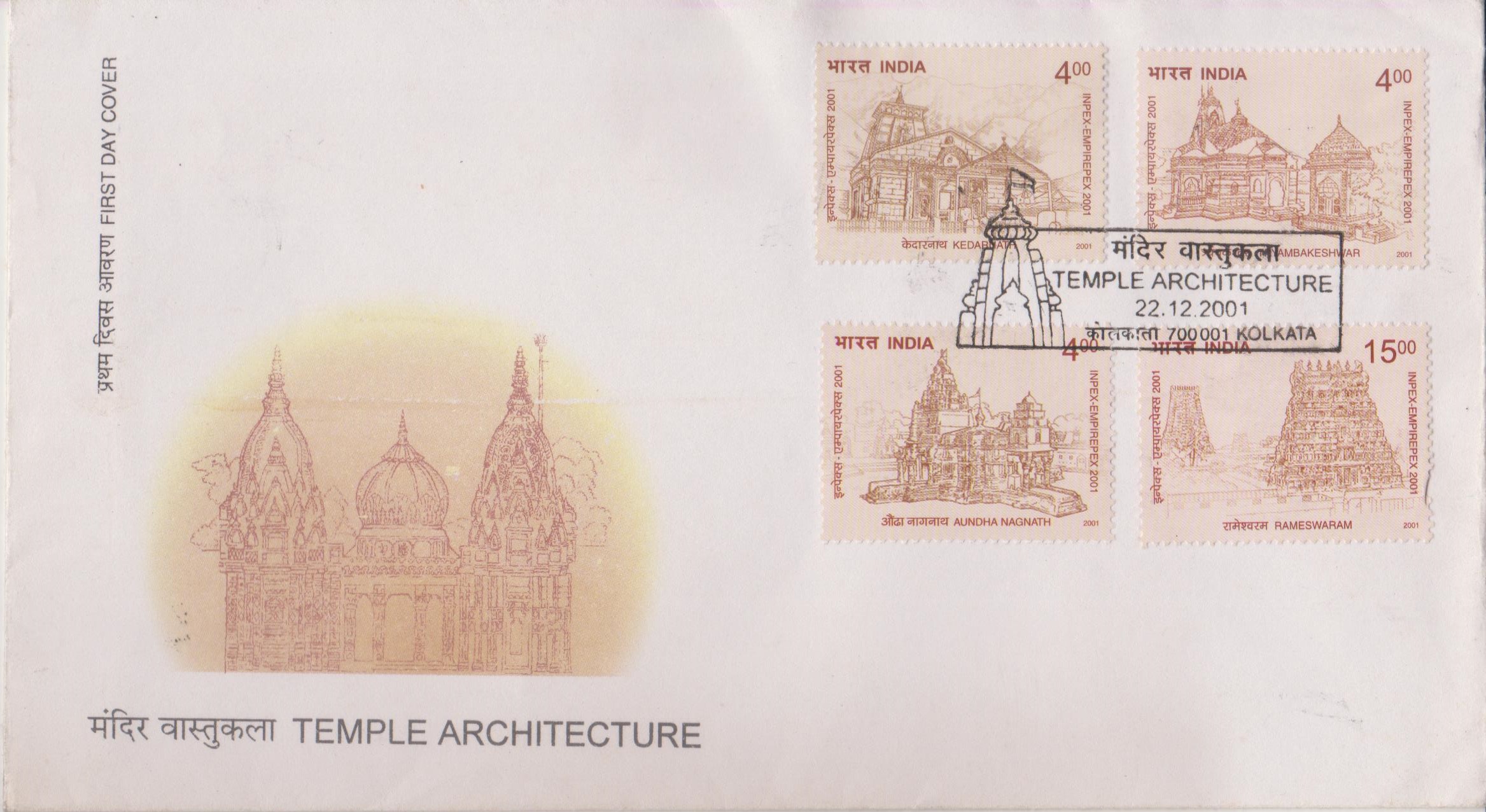
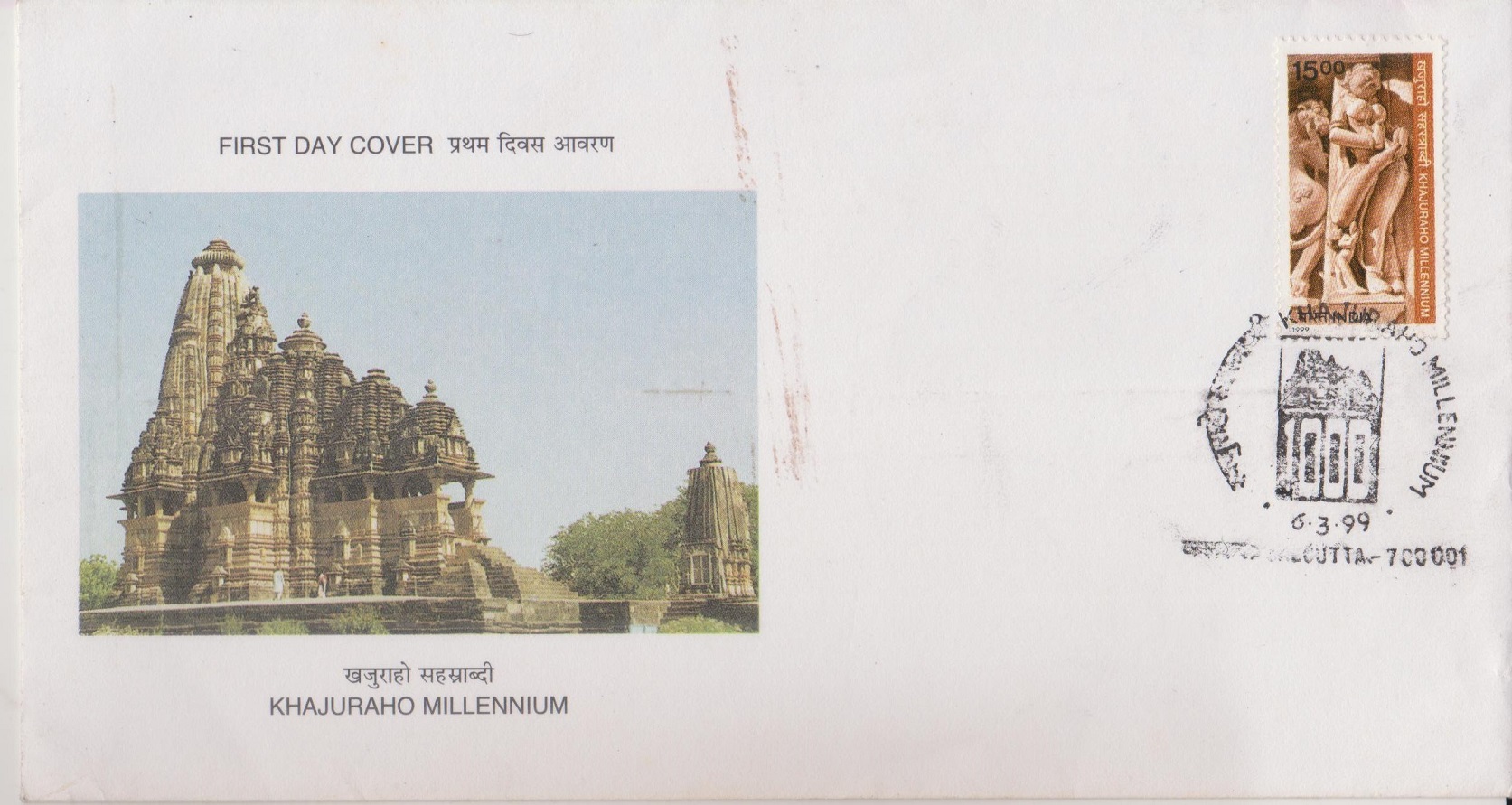
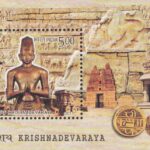
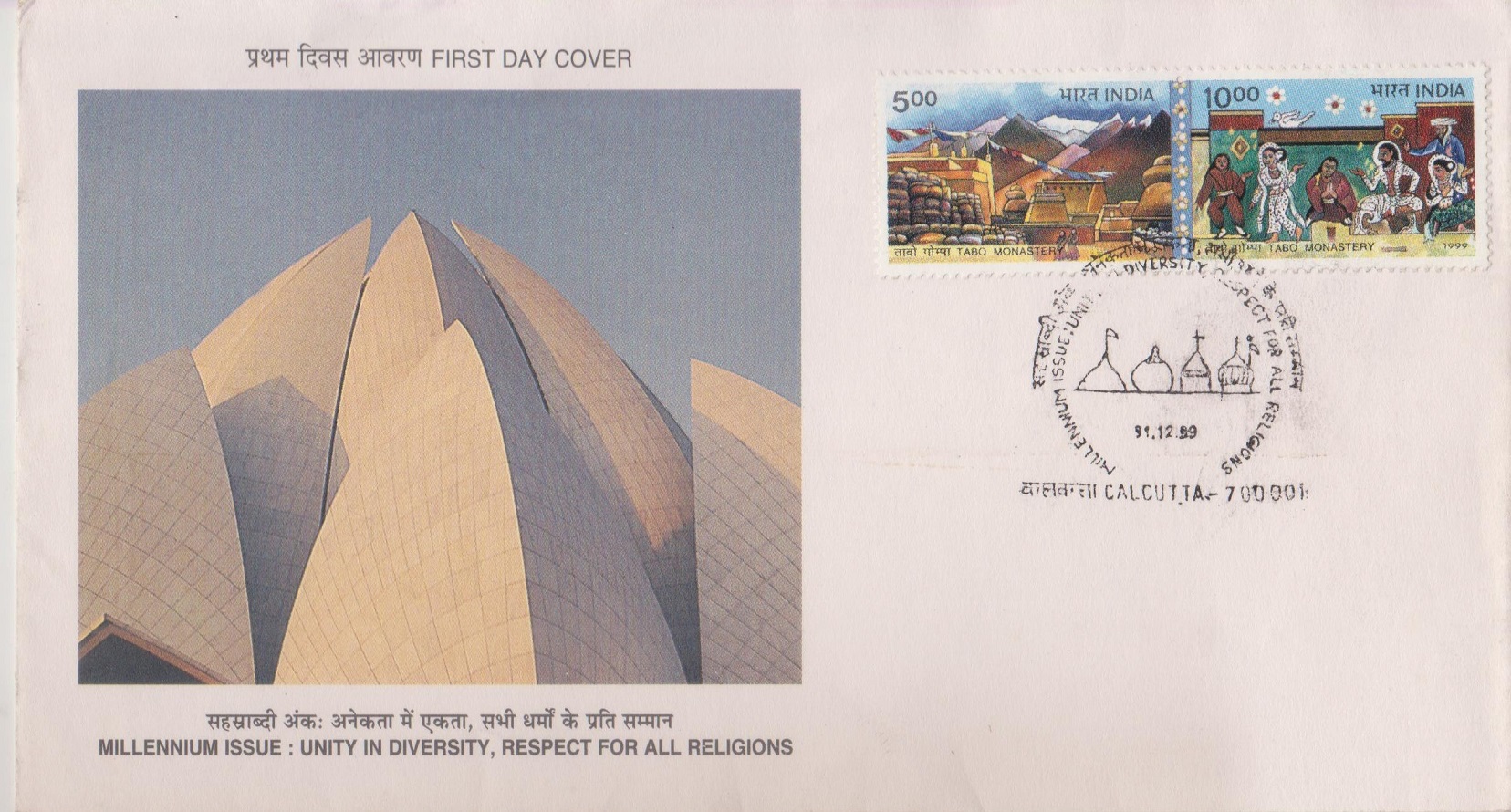
[…] form, a human being. On this is superimposed the wheel of the chariot of the Sun God from the Konark Temple, Orissa. This wheel from an Indian temple of the 13th century is conceived as a true microcosm of […]
[…] reduced postage rate (6 pies) were issued carrying a stamp design in chocolate colour based on Konark Horse sculpture. On 2nd October 1951, a series of three picture post cards showing Gandhiji […]